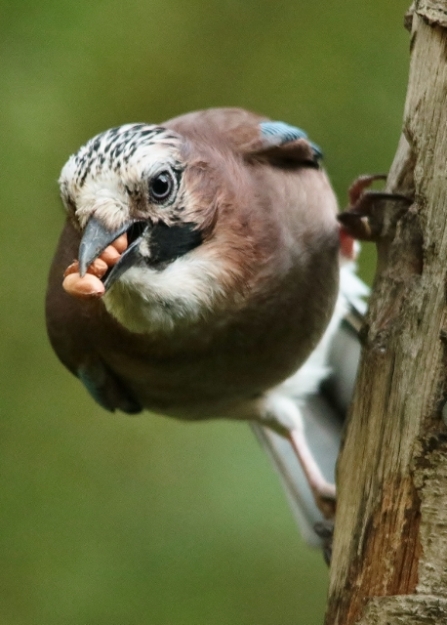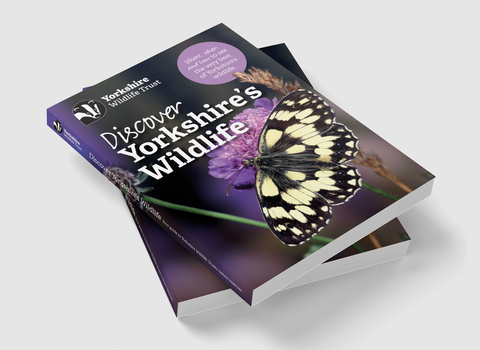Yorkshire is home to a wonderful variety of birds, but there are none quite so elusive as the most colourful member of the crow family – the jay.
Jays are shy woodland birds, rarely moving far from cover, and their screaming call is most likely to be heard as they fly between trees – make sure to watch out for a flash of a bright white rump as you follow the sound.
They are easier to spot in the autumn months as they break cover to look for food, and their pinkish plumage and striking blue and black barring on the wing means they are often mistaken for exotic birds. Jays often move in pairs and their mate may be close by, so keep still, watch and listen if you think you’ve spotted one.
Babbler of the acorns
Jays eat invertebrates, especially caterpillars and beetles, and are partial to acorns and other nuts and fruits during the autumn. True to their shy nature, jays can plant or cache up to 5000 acorns at this time of year, especially by bushes or trees where their activity can unobserved.


